G3FD HENF452692R1 is a high-reliability binary output module launched by ABB, which is a core component in the field of industrial automation control. As an expansion unit of PLC (programmable logic controller) or DCS (distributed control system), it is responsible for converting digital control signals into switch actions of external devices (such as starting/stopping motors, controlling valve opening and closing, etc.). Its design takes into account both performance and stability, and is suitable for harsh industrial environments such as petrochemicals, electric power, machinery manufacturing, and building automation.
Core functions and features
1. Output capacity
Number of channels: 8 independent output channels (some models support 16 channels), supporting parallel control of multiple devices.
Output type:
Transistor output: NPN/PNP type is optional, suitable for DC 24V loads (such as solenoid valves, relay coils), with fast response speed (<1ms).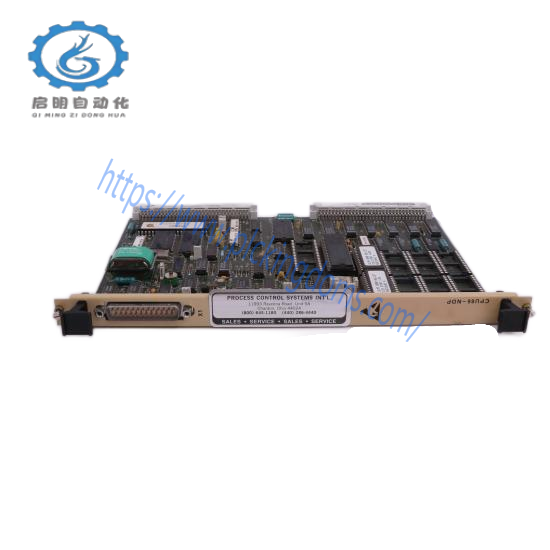
Relay output: supports AC 220V/DC 24V loads, can directly drive contactors, high-power motors, etc., but the response time is long (<10ms).
Load capacity:
Transistor type: 0.5-2A per channel (resistive load), 0.3-1A (inductive load).
Relay type: 5-10A per channel (AC/DC universal), with stronger load capacity.
2. Electrical protection
Isolation design: 1500V AC isolation between channels, 3000V AC isolation between input/output and bus, effectively preventing interference and fault spread.
Overload protection: Built-in short-circuit protection circuit, automatically cuts off the output when the load current exceeds the threshold to avoid module damage.
Reverse protection: Prevents the module from burning due to reverse power polarity, improving system safety.
3. Communication and diagnosis
Bus protocol: Supports mainstream industrial protocols such as PROFIBUS-DP, Modbus RTU/TCP, EtherCAT, and is compatible with a variety of master control systems (such as ABB 800xA, Siemens S7-1200).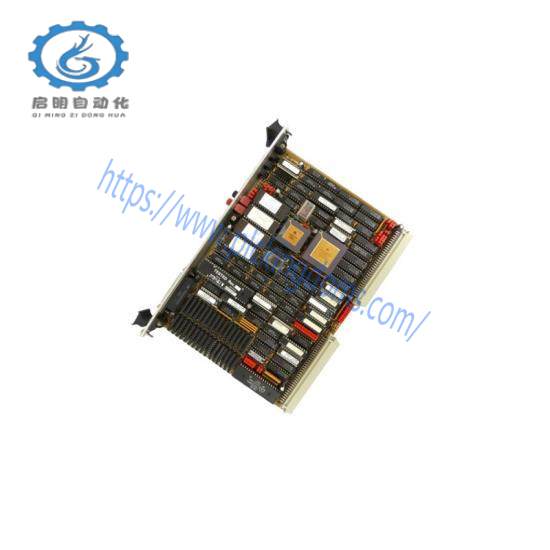
Address setting: Configure the bus address through the DIP switch on the side of the module or software (such as ABB DriveWindow) to flexibly adapt to different network topologies.
Status indication: Each output channel is equipped with an LED indicator to display the “on/off/fault” status in real time, which is convenient for quick troubleshooting.
Typical application scenarios
1. Process control
Chemical industry: Control the start and stop of the reactor feed valve and the stirring motor to ensure accurate execution of the process flow.
Water treatment: Adjust the switching frequency of the water pump and the dosing pump to achieve automated water quality management.
Power industry: Control the circuit breaker opening and closing, the indicator light status, and improve the reliability of power grid operation.
2. Machinery manufacturing
Packaging machinery: Drive the cylinder action, the conveyor belt start and stop, and improve production efficiency.
Textile machinery: Control the yarn tension motor and the wire break detection alarm to ensure product quality.
Machine tool control: Switch the spindle speed and coolant pump switch to optimize the processing process.
3. Building Automation
Air conditioning system: adjust fan speed and electric valve opening to achieve energy-saving operation.
Lighting control: control lighting scenes in groups (such as conference mode and emergency mode) to improve user experience.
Elevator system: control the door machine and brake relay to ensure safe operation.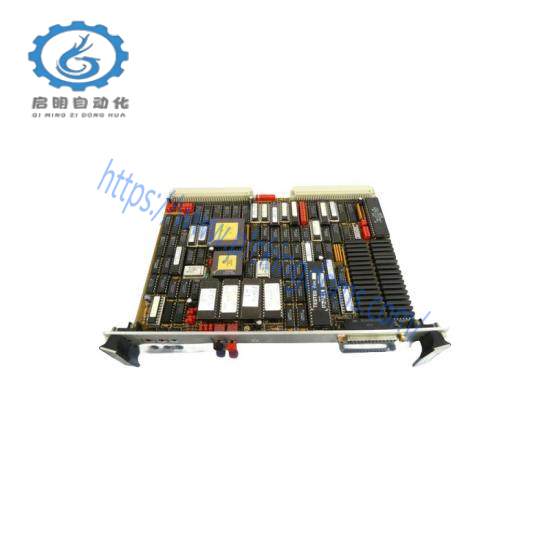
Selection and configuration guide
1. Load type matching
Resistive load (such as heater): select transistor type and pay attention to current margin (it is recommended to leave more than 20% margin).
Inductive load (such as motor, contactor): prioritize relay type, or transistor type + freewheeling diode (to prevent back electromotive force from damaging the module).
Mixed load: use relay output module to simplify design and reduce cost.
2. Environmental adaptability
High temperature environment: select temperature-resistant module (operating temperature range -20℃~70℃) to avoid performance degradation.
Explosion-proof requirements: confirm whether the module has passed ATEX/IECEx certification and is suitable for flammable and explosive places.
Vibration scenario: choose a reinforced design to prevent loose wiring or component damage.
3. System integration
Protocol compatibility: ensure that the module communication protocol matches the main control system to avoid delays caused by protocol conversion.
Channel density: select 8-way or 16-way modules according to the number of I/O points to optimize rack space utilization.
Redundant design: configure dual-module hot standby in key applications to improve system availability (such as nuclear power plant control).
Installation and commissioning steps
1. Mechanical installation
Rack fixing: use standard DIN rail (35mm wide) and securely install it through the bottom buckle of the module. The screw torque is recommended to be 0.5-0.6N·m.
Heat dissipation design: keep at least 10mm gap between modules to avoid overheating caused by stacking; a cooling fan can be installed in high temperature environment.
2. Electrical wiring
Power supply wiring:
DC 24V power supply: the positive pole is connected to the module “V+”, and the negative pole is connected to “GND”. Avoid parallel wiring with the power cable to reduce interference.
AC power supply: confirm whether the module supports AC input (some models require an external power module).
Load wiring:
Transistor output: NPN type load connects “OUT” and “COM-“, PNP type connects “OUT” and “COM+”.
Relay output: directly connect AC/DC power supply and load, pay attention to polarity (DC load).
Grounding treatment: The module housing is grounded through a shielded wire, and the grounding resistance is <1Ω to prevent damage from static electricity or lightning strikes.
3. Software configuration
Address setting: Assign bus addresses (such as PROFIBUS-DP address range 0-125) through DIP switches or main control system software.
Parameter download: Use ABB Engineering Tool or third-party software (such as STEP 7) to upload/download configuration files and set parameters such as output type and response time.
Logic programming: Write ladder diagrams (LAD) or function block diagrams (FBD) in the main control system to associate input signals with output channels (such as “I0.0=1 → Q0.0=1”).
Troubleshooting and maintenance
1. Common problem handling
No signal in output channel:
Check whether the power supply voltage is normal (DC 24V±10%).
Confirm whether the load is short-circuited or overloaded (triggering protection mechanism).
Verify whether the output command of the main control system is sent successfully (through LED indicator or diagnostic tool).
Abnormal LED indicator:
Red light is always on: channel is overloaded or short-circuited, need to check the load or replace the module.
Flashing green light: communication is interrupted, check bus connection, terminal resistance or address setting.
Module temperature is too high:
Clean the dust of the cooling fan and improve ventilation conditions.
Reduce the number of channels that act simultaneously and reduce power consumption.
2. Preventive maintenance
Regular inspection: Check the tightness of the terminal blocks every quarter to prevent loose oxidation and poor contact.
Spare parts management: reserve spare parts for key modules to shorten downtime (MTTR<2 hours recommended).
Firmware upgrade: Download the latest firmware from ABB’s official website to fix known vulnerabilities and improve performance (such as shortening response time).
Summary
The ABB G3FD HENF452692R1 output unit has become the preferred solution in the field of industrial automation due to its high reliability, flexible configuration and powerful functions. Users need to accurately select the model according to load characteristics, environmental conditions and system requirements, and strictly follow the installation and commissioning specifications to give full play to its performance advantages. For critical applications, it is recommended to combine ABB’s global service network to obtain full life cycle support from design to operation and maintenance to ensure long-term stable operation of the system.
Related product recommendations:
3BHB009884R0021
5SHY4045L0001 3BHE009681R0101
S-073N 3BHB009884R0021
3BHE009681R0101
5SHY4045L0001
GFD563A102 3BHE046836R0102
3BHE046836R0102
PHARPS32200000
3BHL000986P0006
5SDF1045H0002
3BHL000986P0006
S-073N 3BHB009884R0021
3BHB009884R0021
3BHB015651P0001
More…


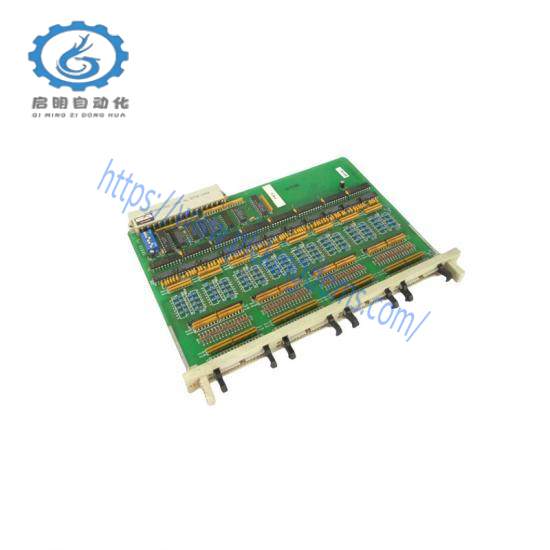
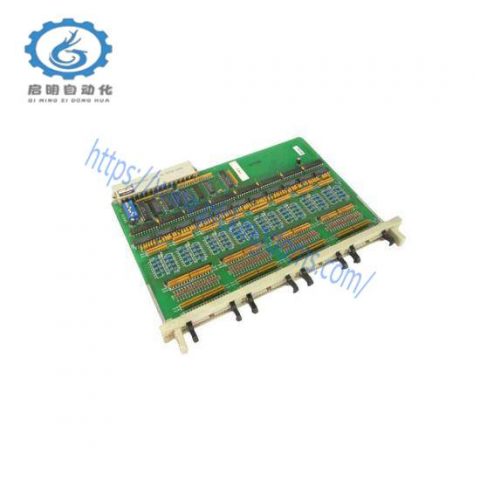

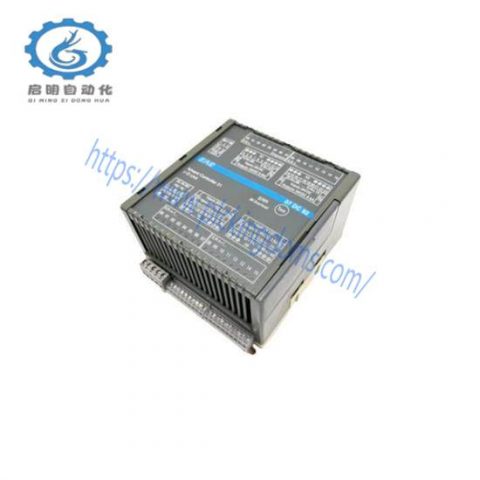
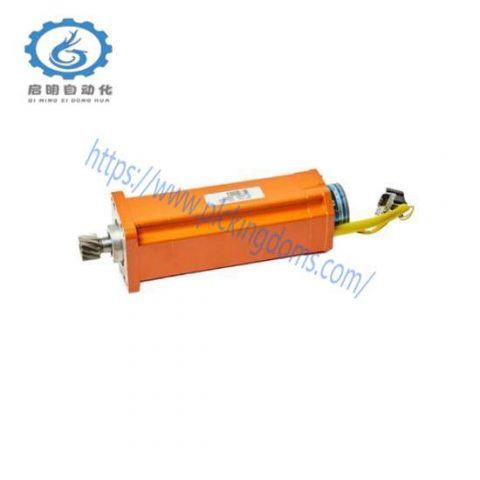
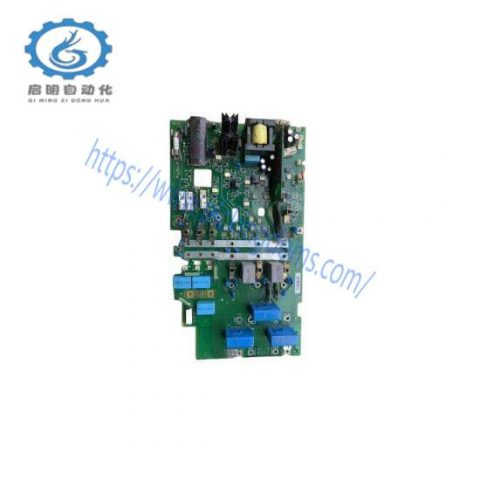
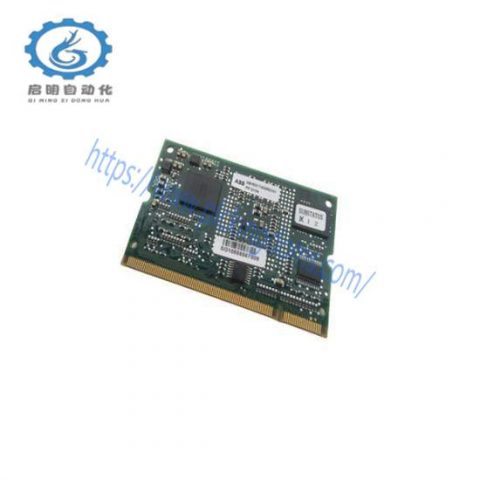
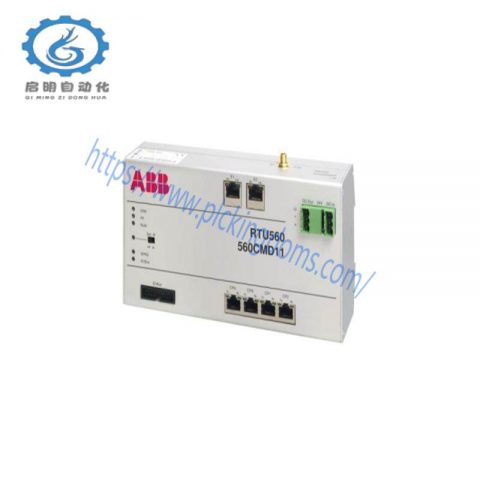
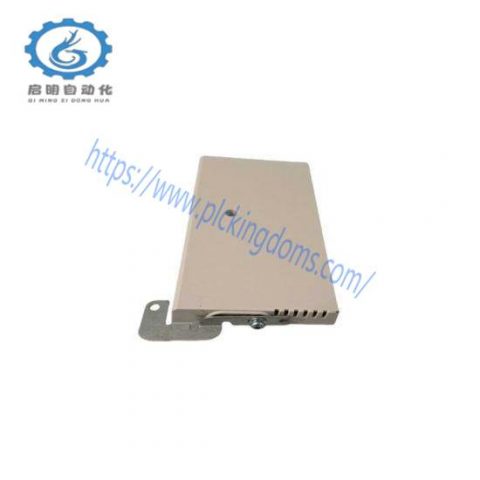
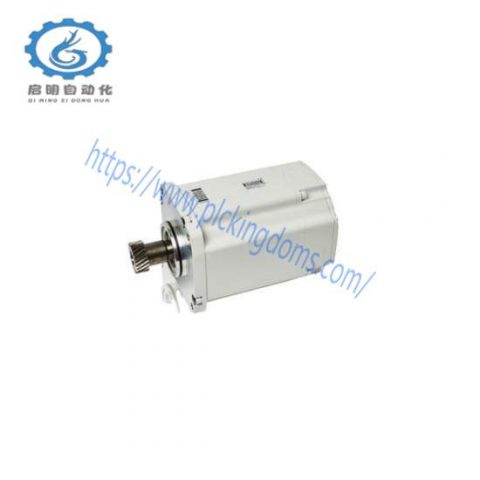
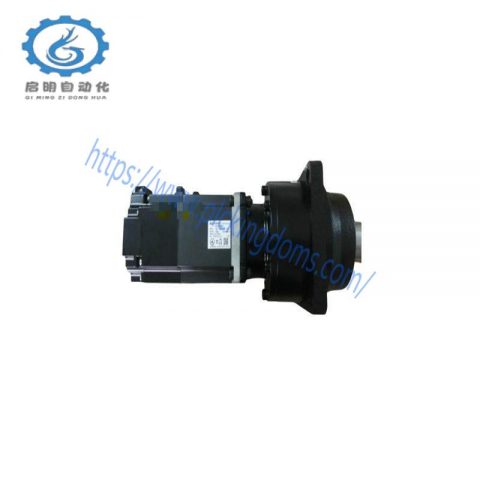
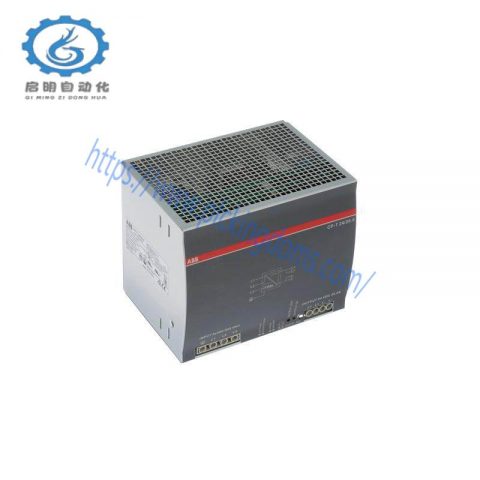
There are no reviews yet.